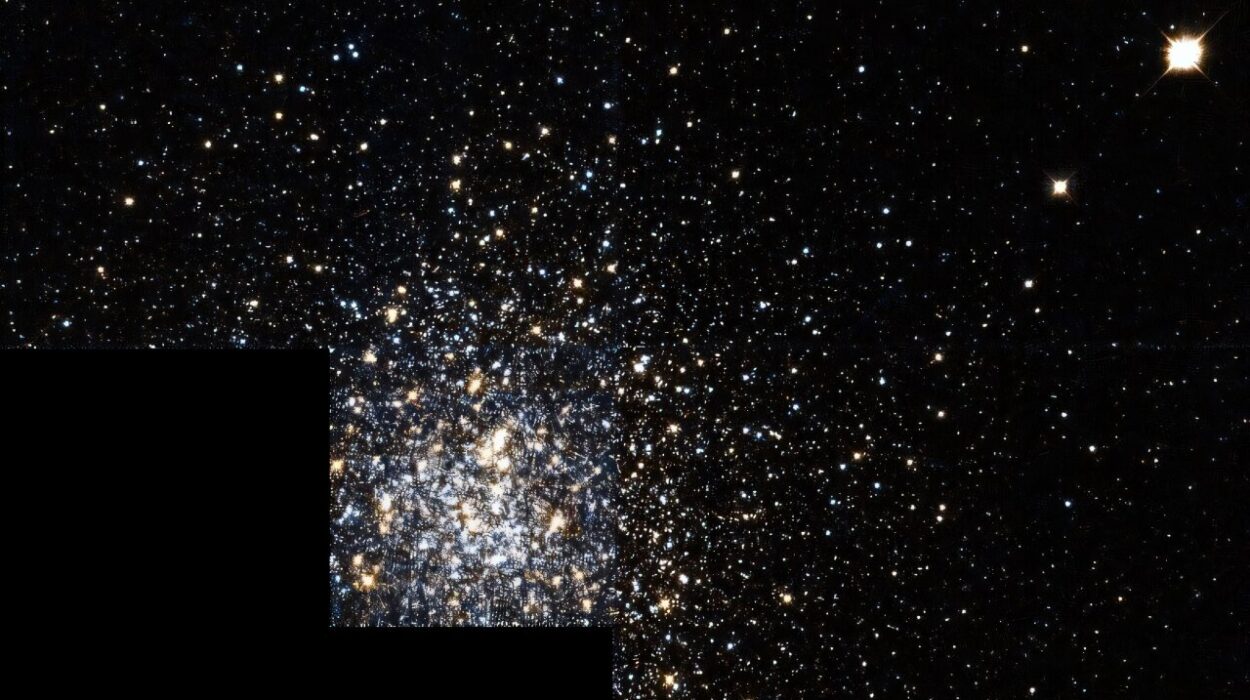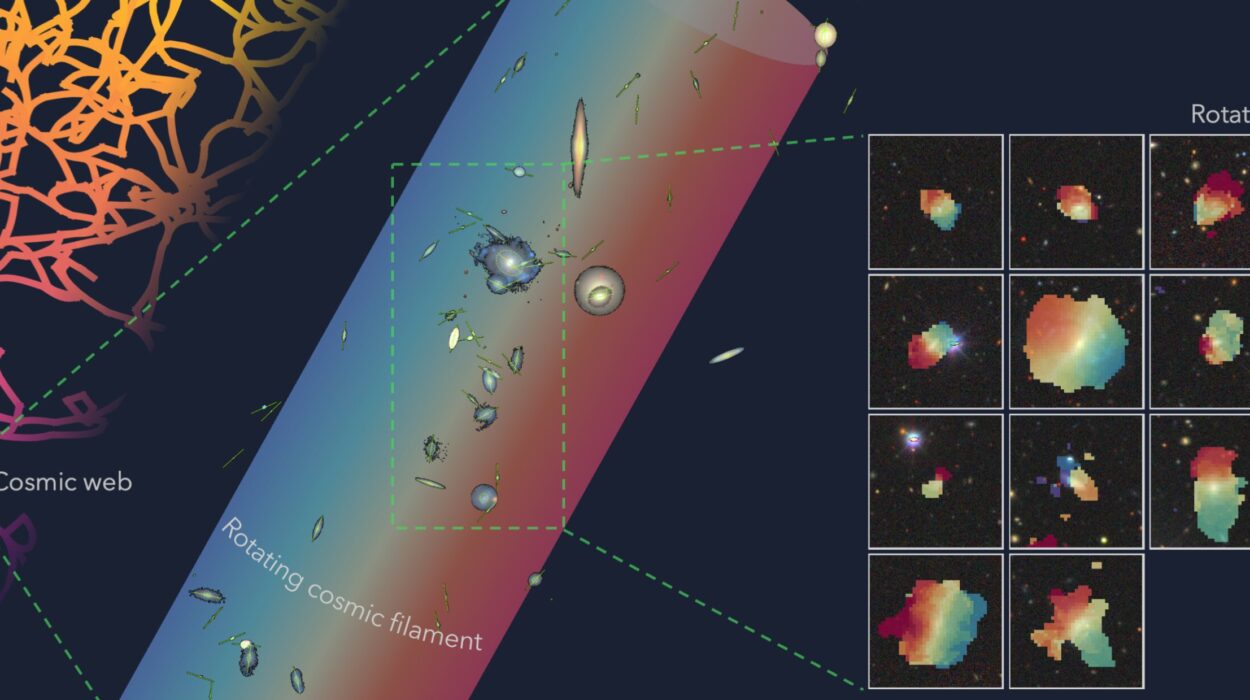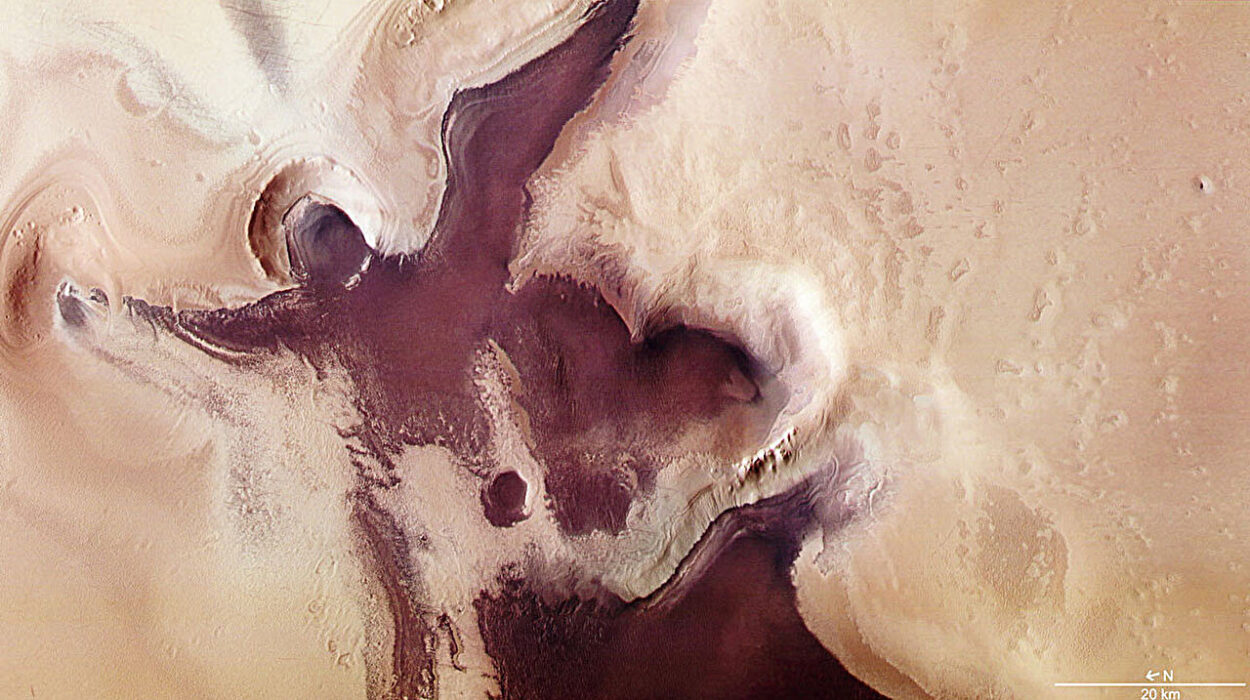For centuries, humans have looked up at the night sky with wonder, pondering an age-old question: Are we alone? The idea that life might exist beyond the confines of Earth has stirred imaginations, inspired myths, and driven scientific inquiry. Today, thanks to decades of pioneering space exploration, NASA has pushed the frontier of this quest farther than ever before. Its latest discoveries—ranging from the icy moons of our own solar system to the detection of mysterious signals from distant exoplanets—offer tantalizing clues that the universe may be teeming with life in ways we never imagined.
But how exactly has NASA’s recent research shaped our understanding? What does the data say about the conditions necessary for life? And most importantly, what are the prospects for finding extraterrestrial organisms, whether microscopic or intelligent? To unravel these profound mysteries, we must dive deep into the breakthroughs that have redefined the search for life beyond Earth.
Water: The Lifeblood of the Cosmos
Water is the fundamental thread weaving through NASA’s search for extraterrestrial life. Life on Earth depends on liquid water—it serves as the solvent in which biochemical reactions unfold, the medium that sustains cellular machinery. So NASA’s first directive is clear: find water elsewhere.
In recent years, missions like the Mars rovers, the Cassini spacecraft orbiting Saturn, and the Hubble and James Webb Space Telescopes have dramatically expanded our understanding of where water exists beyond Earth. Mars, once a dry and dusty red planet, has revealed signs of ancient riverbeds, mineral deposits created by water, and even seasonal dark streaks that hint at salty liquid flows. The discovery of water ice locked beneath Mars’s surface—and the detection of fleeting traces of methane in its thin atmosphere—have galvanized hopes that microbial life may have once thrived there or perhaps still survives in subsurface refuges.
Further afield, NASA’s Cassini mission made a stunning revelation about Enceladus, one of Saturn’s icy moons. Giant plumes of water vapor, laden with organic molecules, jet out from cracks in its frozen surface, erupting into space like cosmic geysers. Beneath that icy crust lies a vast subsurface ocean, warmed by tidal forces squeezing the moon’s interior. Similarly, Europa, a moon of Jupiter, hides a vast saltwater ocean under its fractured ice shell, creating yet another prime habitat for life. These discoveries confirm that liquid water—once thought scarce in the cold reaches of the solar system—is far more abundant and diverse than previously imagined.
Organic Molecules: The Ingredients of Life
Water alone is not enough to spark life. The raw chemical ingredients—the organic molecules that form the building blocks of amino acids, proteins, and nucleic acids—are equally vital. Here, NASA’s instruments have made groundbreaking strides.
The Curiosity rover on Mars has detected complex organics locked within ancient rocks, preserved from billions of years ago. These molecules do not themselves prove life, but they confirm that Mars once harbored the essential chemical components. Meanwhile, the Rosetta mission, although led by ESA but with NASA collaboration, analyzed the comet 67P/Churyumov–Gerasimenko and found a rich cocktail of organic compounds, suggesting comets may have seeded planets like Earth with life’s raw materials.
In the plumes of Enceladus, NASA’s Cassini spacecraft detected carbon-containing molecules and simple hydrocarbons, hinting at the moon’s ocean being chemically rich and potentially habitable. On Titan, another moon of Saturn, a thick atmosphere laden with methane and ethane supports complex organic chemistry that rivals that of Earth’s primordial past.
More recently, the James Webb Space Telescope (JWST) has begun detecting atmospheric signatures of organic molecules around distant exoplanets, allowing scientists to peer into alien worlds in unprecedented detail. These findings suggest the chemical precursors to life may be common across the galaxy.
Habitable Zones and Exoplanets: Expanding the Search Beyond the Solar System
For much of the 20th century, the search for life was constrained to our solar system. But the discovery of thousands of exoplanets orbiting distant stars—many within their star’s so-called “habitable zone,” where conditions might allow liquid water—has revolutionized the field.
NASA’s Kepler mission was a game-changer. By staring at a patch of sky and monitoring the brightness of over 150,000 stars, Kepler identified thousands of planets, including Earth-sized rocky worlds nestled comfortably at distances that could support oceans. These “Goldilocks” planets, neither too hot nor too cold, became prime candidates in the search for life.
Yet habitability is more complex than distance from a star. The planet’s atmosphere, magnetic field, geological activity, and composition all play crucial roles. Here, NASA’s Transiting Exoplanet Survey Satellite (TESS) and the James Webb Space Telescope provide vital data. JWST’s spectrometers analyze exoplanet atmospheres, searching for biosignatures—chemical markers such as oxygen, methane, or water vapor that could indicate biological activity.
Intriguingly, some exoplanets exhibit signs of atmospheric imbalance that might be caused by life processes, though none have yet provided conclusive proof. The search is like listening for a whisper in a cosmic storm, but the instruments grow ever more sensitive.
Mars: The Most Earthlike World
Among all worlds within reach, Mars remains NASA’s most intensively studied target for life beyond Earth. From the first flybys in the 1960s to the Curiosity and Perseverance rovers of today, our understanding of the Red Planet has grown enormously.
Perseverance, which landed in 2021, is equipped with cutting-edge instruments specifically designed to search for signs of past life. Its mission includes collecting rock samples for eventual return to Earth, enabling laboratory analysis with equipment far more sophisticated than what can be carried on a rover.
One of the most exciting findings came from Jezero Crater, a region that anciently housed a lake and river delta. Sedimentary deposits there may have preserved microbial fossils or chemical fingerprints. Perseverance’s data suggest that Mars once had a thick, warm atmosphere, abundant water, and complex organic molecules—conditions favorable for life.
The detection of methane on Mars, albeit in fluctuating quantities, raises further intrigue. Methane is fragile in the Martian atmosphere, broken down by ultraviolet light, so its presence hints at a current source—either geological or biological.
Ocean Worlds: The Hidden Seas of the Outer Solar System
The idea that life might exist beneath the frozen surfaces of moons like Europa and Enceladus is among the most profound revelations of recent decades. NASA’s upcoming Europa Clipper mission, slated for launch in the mid-2020s, aims to scrutinize Europa’s ice shell and subsurface ocean with unprecedented resolution.
The presence of liquid water combined with heat generated by tidal forces, along with organic molecules detected by Cassini, create conditions that many scientists argue are among the most promising for extraterrestrial life. Enceladus’s plumes offer a direct sampling opportunity, and future missions may be able to fly through these jets to detect microbial life or bio-signatures.
These moons challenge our Earth-centric assumptions about habitability. Life might not need a sunlit surface or an oxygen-rich atmosphere. It could thrive in alien oceans beneath kilometers of ice, fed by hydrothermal vents on ocean floors—just as extremophile microbes do near Earth’s deep-sea vents.
Biosignatures: Signs of Life from Afar
How can we recognize life across the vast gulfs of space? Scientists rely on the concept of biosignatures—observable features that indicate the presence of life.
NASA’s new missions and telescopes hunt for these markers in many forms: atmospheric gases out of chemical equilibrium, surface minerals altered by biological activity, or even faint glimmers of pigments indicative of photosynthesis.
The James Webb Space Telescope’s ability to analyze exoplanet atmospheres for such signatures marks a dramatic leap forward. Already, its data have revealed water vapor and carbon dioxide in exoplanet atmospheres, and it is poised to detect potential biosignatures if present.
Mars rovers analyze rocks and soil for organic molecules and isotopic ratios. Europa Clipper will search for chemical clues in plumes and surface ice.
But interpreting biosignatures is challenging. Some can be produced by non-biological processes, and many signatures require context to confirm biological origin. The search demands careful, multidisciplinary study.
The Role of Technology and AI in the Search
NASA’s latest discoveries are not just a triumph of raw data, but also of technology and artificial intelligence. Automated rovers, orbiters, and telescopes gather staggering amounts of information. To analyze this data, NASA employs machine learning algorithms and AI tools to spot patterns, identify anomalies, and prioritize targets for further study.
This digital revolution accelerates the search, allowing scientists to interpret complex spectra, image data, and chemical analyses with unprecedented speed and accuracy. As missions grow more ambitious, AI will be indispensable in navigating the flood of information.
The Implications of Finding Life
The discovery of life beyond Earth would be one of the most transformative events in human history. It would rewrite biology, philosophy, and perhaps even theology. NASA’s findings bring us closer to this moment.
Whether we find fossil microbes beneath Martian soil, active microbes in Europa’s ocean, or atmospheric biosignatures on distant exoplanets, each discovery would reshape our place in the cosmos. It would suggest that life is not a cosmic accident but a common thread woven into the fabric of the universe.
Yet this discovery would also raise new questions: How did life begin? Is it fundamentally the same as Earth life, or completely alien? Could intelligent life exist elsewhere, and what would that mean for humanity?
The Ongoing Journey
NASA’s quest to find life beyond Earth is far from over. Each discovery opens new paths, new questions, and new frontiers.
From robotic explorers scouring Martian craters, to space telescopes peering across billions of light-years, to missions designed to sample the plumes of icy moons, the search continues with vigor and hope.
The universe is vast, mysterious, and filled with wonders. As NASA’s latest discoveries show, life may be more than a fragile anomaly on a single blue planet—it may be a cosmic imperative, flourishing wherever the conditions allow.






